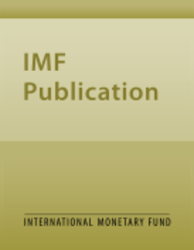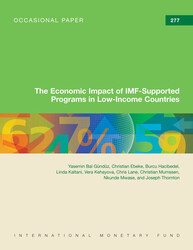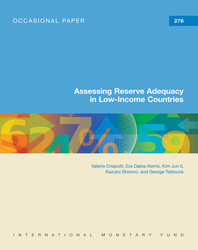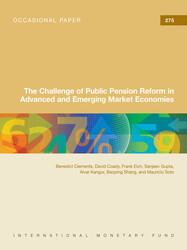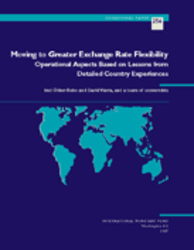
Moving to Greater Exchange Rate Flexibility : Operational Aspects Based on Lessons from Detailed Country Experiences
Many countries have moved towards more flexible exchange rate regimes over the last decade to take advantage of greater monetary policy autonomy and flexibility in responding to external shocks. Some reluctance to let go of pegged exchange rates persists, however, despite the benefits of flexibility. The institutional and operational requirements needed to support a floating exchange rate, as well as difficulties in assessing the right time and manner to exit, tend to be additional factors in this reluctance. This volume presents the concrete steps taken by a number of countries in transition to greater exchange rate flexibility and elaborates on the operational ingredients that proved helpful in promoting successful and durable transitions. It attempts to provide a better understanding (and hence a "road map") of how these various operational ingredients were established and coordinated, how their implementation interacted with macro and other conditions, and how they contributed to the smoothness of each transition.
Publication date: April 2007
ISBN: 9781589066243
$30.00
Add to Cart by clicking price of the language and format you'd like to purchase
Available Languages and Formats
| English |
Topics covered in this book
This title contains information about the following subjects.
Click on a subject if you would like to see other titles with the same subjects.
Banks and Banking , Economics- Macroeconomics , Public Finance , exchange rate , inflation , monetary policy , central bank , exchange rate flexibility
Summary
Copyright © 2010 - 2024
Powered by:
AIDC
